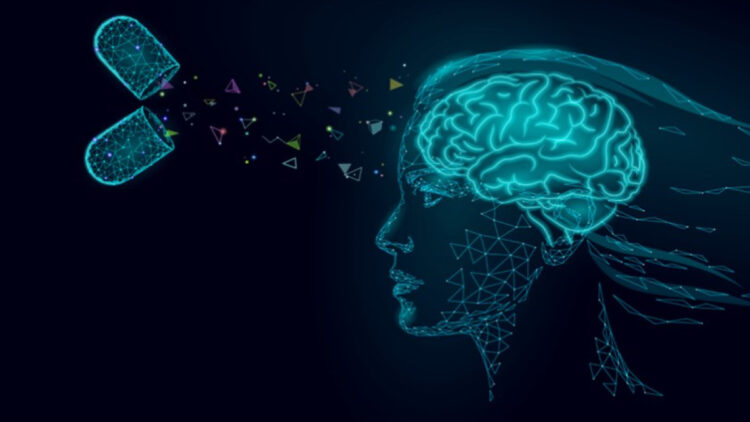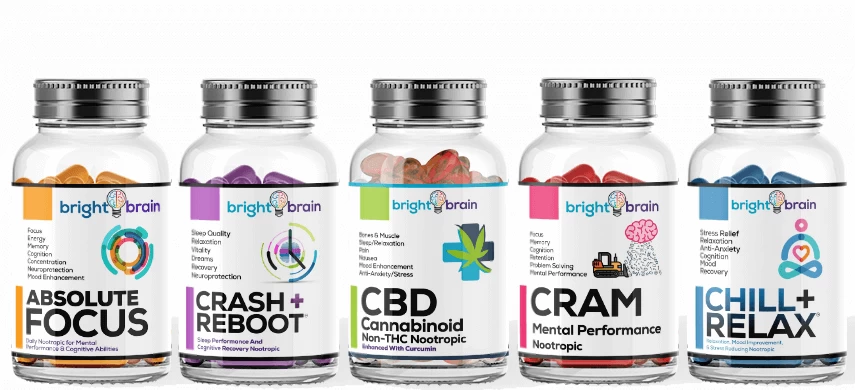Nootropics are a growing trend in the health and wellness industry, but it’s important to remember that they are drugs. As such, it’s important to be mindful of what you put into your body, especially when it comes to mixing different substances together. In this article, we will take a look at some of the most common nootropics and discuss why they should not be mixed for optimal safety.
Nootropics are cognitive enhancers that can improve memory, focus, and concentration. While they are generally safe and effective when used as directed, there are a few things to keep in mind when taking them.
1. They should not be mixed with other drugs or supplements.
2. They should not be taken if you have a history of mental illness.
3. Some nootropics can cause side effects, so it is important to start with a low dose and increase gradually as tolerated.
4. If you have any medical conditions, it is important to talk to your doctor before taking any nootropics.
5. They are not a substitute for sleep or healthy lifestyle habits. Taking them will not make up for an unhealthy diet or lack of exercise.
There are Certain Nootropics that Should Not Be Mixed Together

There are a few nootropics that should not be mixed together due to potential negative interactions. Here are a few things to keep in mind:
1. Piracetam and choline should not be mixed together as they can cause headaches and other side effects.
2. Caffeine and L-theanine should not be mixed together as they can cancel out each other’s benefits.
3. Modafinil and Adrafinil should not be mixed together as they can cause serious side effects like anxiety, hypertension, and irregular heartbeat.
4. Bacopa monnieri and St. John’s wort should not be mixed together as they can reduce the efficacy of St. John’s wort.
5. Ginkgo biloba and aspirin should not be mixed together as they can increase the risk of bleeding.
Nootropics Can Be Taken In

There are a few different ways that nootropics can be taken in, and each has its own set of pros and cons.
– The most common method is oral ingestion, where the nootropic is taken in pill or capsule form. This is the simplest and most straightforward method, but it can also be the least effective, since the nootropic must pass through the digestive system before it can be absorbed into the bloodstream.
– Another common method is sublingual absorption, where the nootropic is placed under the tongue and allowed to dissolve into the bloodstream. This bypasses the digestive system and allows for more direct absorption, but it can also cause irritation to the mucous membranes.
– Lastly, nootropics can also be taken in through intranasal administration, where they are sprayed or inhaled into the nose. This is perhaps the most effective method of delivery, as it allows for direct absorption into the bloodstream through the mucous membranes. However, it can also be uncomfortable or even painful for some people.
In conclusion, there are a variety of ways to take nootropics, each with their own advantages and disadvantages. It is important to find the method that works best for you in order to get the most out of your nootropic experience.

